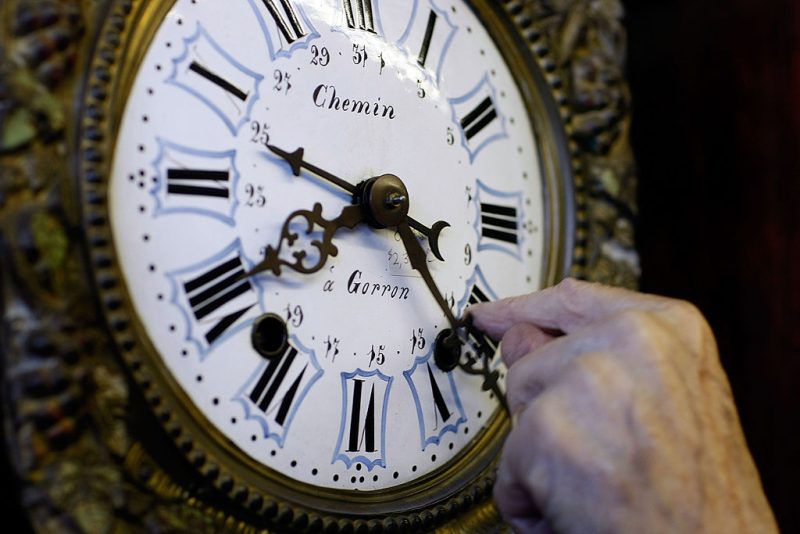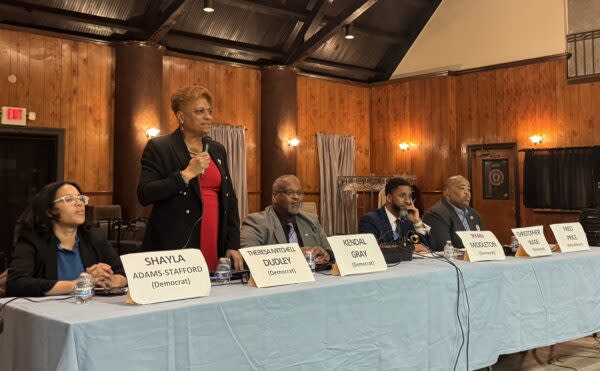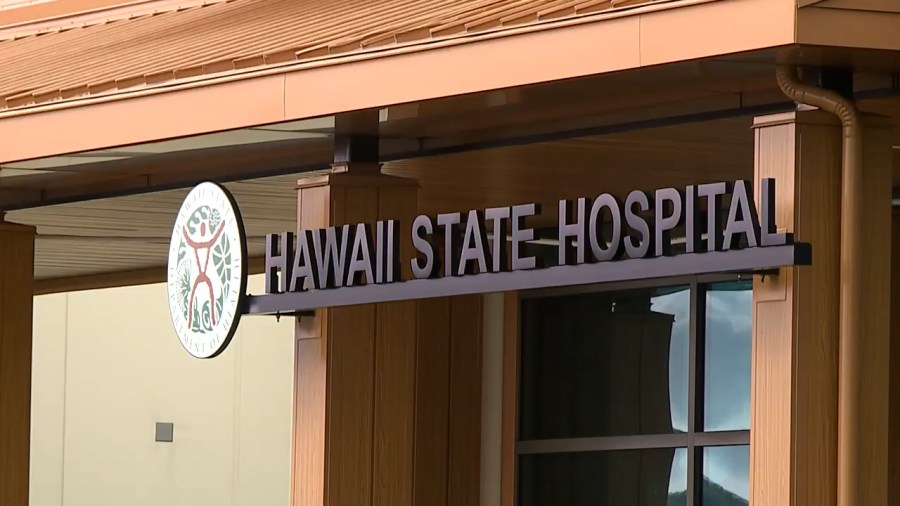
(NEXSTAR) — If you’re tired of early sunsets and “shorter” days, have no fear — daylight saving time will begin soon, which means “longer” days are near.
If some lawmakers (and President Donald Trump) have their way, this could be the last time we change the clocks, too.
Daylight saving time becomes a hot-button topic at least twice a year, with growing interest to ditch the practice. Polls have shown Americans prefer permanent daylight saving time, with multiple state and federal lawmakers agreeing.
In December, Trump threw his support behind eliminating the “inconvenient” and “costly” practice as the leaders of the Department of Government Efficiency (DOGE) called to abolish daylight saving time.
Trump didn’t clarify which side of the clock he’s on, but recent pushes have called for permanent daylight saving time. That would imply changing the clocks in March, when we “spring forward” an hour, and leaving them as such.
We’ve tried permanent daylight saving time before. In the 1910s, it was enacted as a wartime measure and repealed after a year. It came back in 1942 due to World War II, setting off decades of states and cities deciding what time to observe without much guidance.
There was a brief reprieve from the chaos when Congress passed the Uniform Time Act in 1966, formalizing when the country (minus Hawaii and most of Arizona) was on daylight saving time and standard time.
Then, in 1973, the U.S. was in the throes of an energy crisis, prompting President Richard Nixon to sign an emergency daylight saving time bill into law. The year-round daylight saving time was well-liked, initially, but safety concerns soon changed public opinion of the move. In 1974, the U.S. returned to the bi-annual changing of the clock that we know today.
In recent years, multiple bills have been introduced to enact permanent daylight saving time (though health experts say permanent standard time is vastly better for us). A bill from Marco Rubio — then a senator, now Secretary of State — received bipartisan support but ultimately stalled.
Rubio’s former colleagues, Sen. Rick Scott and Rep. Vern Buchanan, both Republicans from Florida, have introduced new versions of his bill in their respective chambers. As of Feb. 6, Buchanan’s bill has more than a dozen Republican cosponsors and has been referred to the House Committee on Energy and Commerce. Scott’s bill has 16 cosponsors from both sides of the aisle and has been referred to the Committee on Commerce, Science, and Transportation.
“I hear from Americans constantly that they are sick and tired of changing their clocks twice a year – it’s an unnecessary, decades-old practice that’s more of an annoyance to families than benefit to them,” Scott said, in part, in a statement released in January. “I’m excited to have President Trump back in the White House and fully on board to LOCK THE CLOCK so we can get this good bill passed and make this common-sense change that will simplify and benefit the lives of American families.”
In many states, legislation has also been introduced to call for the clocks to be locked. Currently, states can request to lock their clocks but only on permanent standard time as Hawaii and most of Arizona do.
U.S. Rep. Celeste Maloy (R-UT) recently introduced a bill that would allow states the power to observe daylight saving time year-round. That bill was also referred to the House Committee on Energy and Commerce.
For now, daylight saving time will begin on March 9.
#Daylight #saving #time #starts #time #clocks #change











Leave a Reply